Net Zero Homes are the future of sustainable living. These homes can be built new as Net Zero or retrofitted to become Net Zero. They are designed to be energy-efficient, sustainable, cost-effective, and produce as much energy as they consume throughout the course of a year, thereby achieving a balance of zero net energy.
At Habitat Studio, we are committed to designing and building Net Zero Homes that meet the needs of our clients while reducing their carbon footprint and energy bills. In this article, we will explore the concept of Net Zero homes, the principles of Net Zero design, the benefits they offer, the steps you can take to achieve a Net Zero home, as well as share some of our featured Net Zero projects.
Benefits of Net Zero Homes
Net Zero Homes have several benefits, such as:
Energy efficiency: Net Zero Homes are designed to be energy-efficient, which reduces the amount of energy consumed and lowers energy bills.
Sustainability: Net Zero Homes are built to reduce the buildings operating carbon footprint, making them a more sustainable solution for homeowners.
Cost-effective: While the initial cost of building a Net Zero Home is ~10-15% higher than a conventional build, the long-term savings on energy bills can make it a cost-effective solution for homeowners.
How To Achieve A Net Zero Home
Net Zero homes are designed with energy efficiency top of mind. The principles of Net Zero design include:
High Insulation: Insulation is key to reducing energy consumption in a Net Zero home. A well-insulated home will keep heat in during the winter and out during the summer, reducing the need for heating and cooling. R40 in the walls and R60-R100 in the ceiling is common in Net Zero homes.
High-quality windows & window placement: High-quality windows, well thought-out placement, and a window-to-wall ratio that is not too high are crucial elements for a Net Zero home as they play a significant role in controlling the amount of heat and light that enters and leaves the home. Windows are the weakest point in your building’s insulated jacket, with only about an eighth of the insulation value compared to the rest of the walls. Triple-paned windows and specialized coatings help to reduce heat loss and gain, making them a vital component of the home. Net Zero homes should have windows with a low U-factor (high insulative value), low-e coatings, inert gas fillings between panes, frames that do not conduct heat, and an appropriate solar heat gain coefficient (SHGC) for the direction the window faces. This will help to reduce energy consumption by minimizing heat loss in the winter and heat gain in the summer.
Additionally, window awnings/overhangs can significantly reduce the solar heat gain during the summer months, while still letting the low angled winter sunlight in. By shading windows from direct sunlight in the summer, awnings and overhangs can prevent excess heat from entering the home, reducing the need for air conditioning, and in the winter the sunlight can still enter through the windows allowing passive solar heat gain, reducing the space heating needs.
Airtight building envelope: Airtight construction helps to minimize energy loss and maintain a consistent indoor temperature. When a building envelope is not airtight, air can leak in and out of the home, causing heat loss in the winter and heat gain in the summer. This can result in the need for more energy to heat or cool the home, which can lead to higher energy bills and a larger carbon footprint. By ensuring that the building envelope is airtight, a Net Zero home can reduce its energy consumption and achieve its goal of producing as much energy as it consumes. The fewer holes in the building’s envelope, the more airtight the home is. Homeowners should also consider a ventless dryer (which also uses heat pump technology).
Heat Recovery ventilation: A recovery ventilation system, commonly known as an HRV or ERV, is essential for a Net Zero home as it helps to maintain healthy indoor air quality while minimizing energy loss. In a Net Zero home, the building envelope is designed to be airtight, which means that fresh air cannot enter the home naturally. A recovery ventilation system provides a controlled way to bring fresh air inside while also expelling stale air. The system uses heat recovery technology to transfer heat from the outgoing air to the incoming air, reducing the amount of energy needed to heat or cool the incoming air. This results in a healthier and more comfortable indoor environment while also contributing to the overall energy efficiency of the home.
Energy-efficient heating and cooling systems: Net Zero homes prioritize the use of electricity as a fuel over gas, and energy-efficient appliances to reduce their carbon footprint. Unlike traditional homes that rely on natural (methane) gas for space and water heating, Net Zero homes utilize heat pumps that operate on electricity, offering an impressive efficiency rate of 200-400%. These homes typically use geo-exchange or cold-climate air-source heat pumps to maintain a comfortable indoor temperature while an air-source heat pump in the mechanical room heats the domestic hot water tank. By employing these energy-efficient appliances, Net Zero homes can significantly reduce their energy consumption and environmental impact.
Generate renewable energy: Solar PV panels (LINK TO SOLAR PAGE) are a common feature of Net Zero homes. The roof design is often built specifically to maximize solar energy collection. Solar PV panels will generate electricity from the sun’s energy, powering the home’s electrical systems. Solar PV panels can be installed on the roof or on ground mounts, and they can connect to the local electrical grid or used as a standalone system.
Renewable energy generation is the yin to the yang of the Net Zero home’s energy consumption. It is the ‘Net’ part of Net Zero. In our northern climate, the Net Zero home will use more energy during the winter months, but that will be offset by a surplus of solar energy generated in the summer months, thereby achieving the balance of zero net energy.
Habitat Studio Net Zero Projects
At Habitat Studio, we have been committed to energy efficient designs and building construction practices for decades. We have completed multiple Net Zero homes, including our first Net Zero retrofit home in Edmonton’s Riverdale district in 2009.
Below are some of our highlighted projects that feature Net Zero homes.
Riverdale Net Zero Project, the first Net Zero home in Northern Alberta

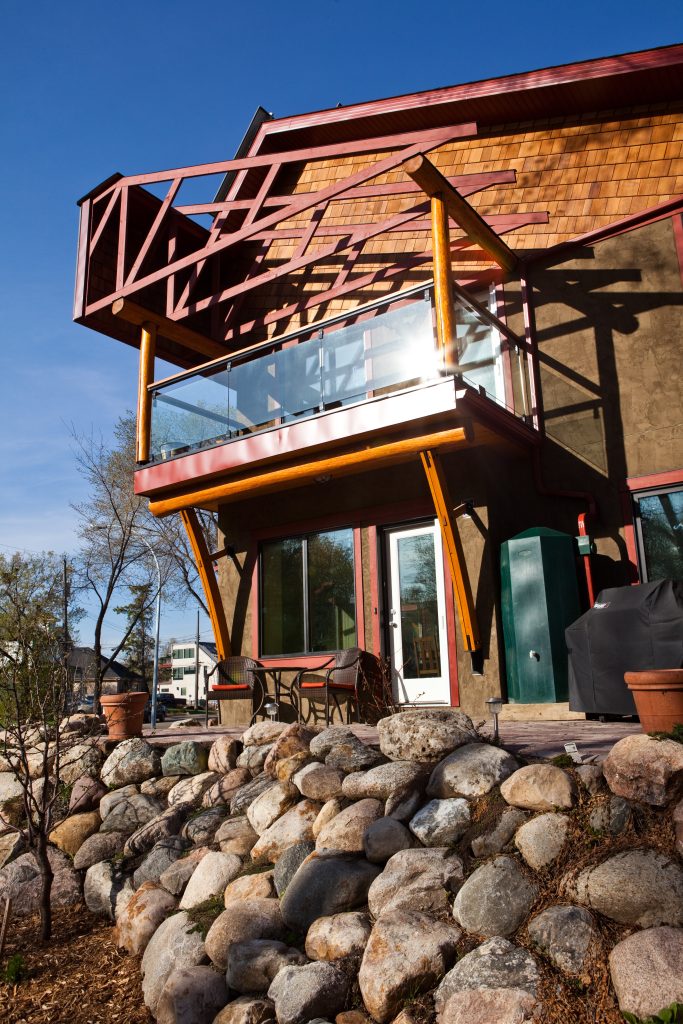
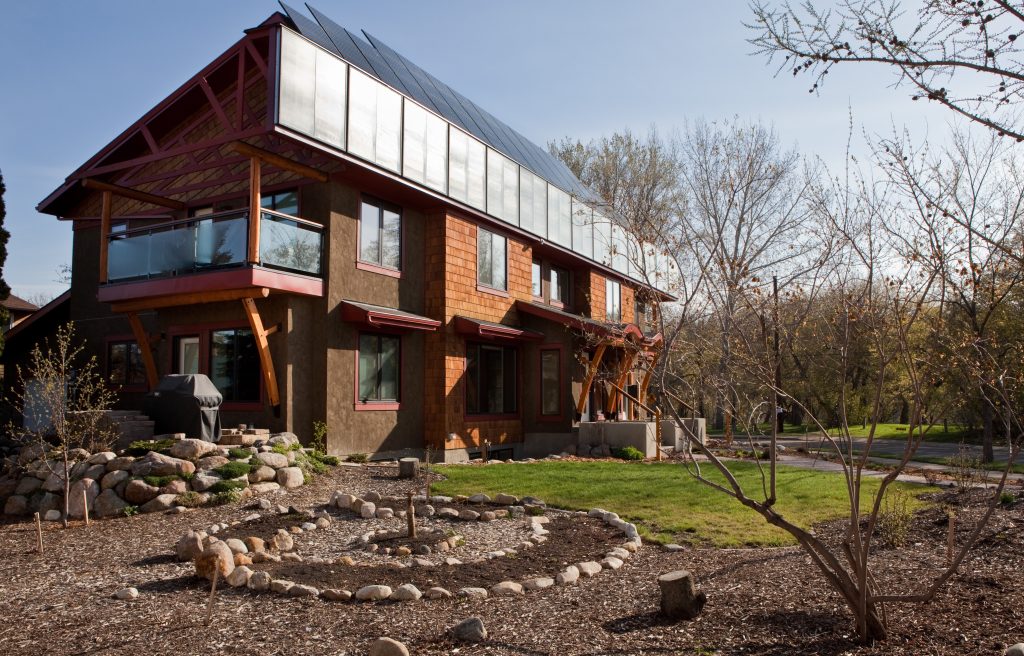
The ‘Net Zero SweetSpot’ Project was the first house in Canada to receive the official Net Zero label and first to receive an EnerGuide label of zero on the new EnerGuide rating system
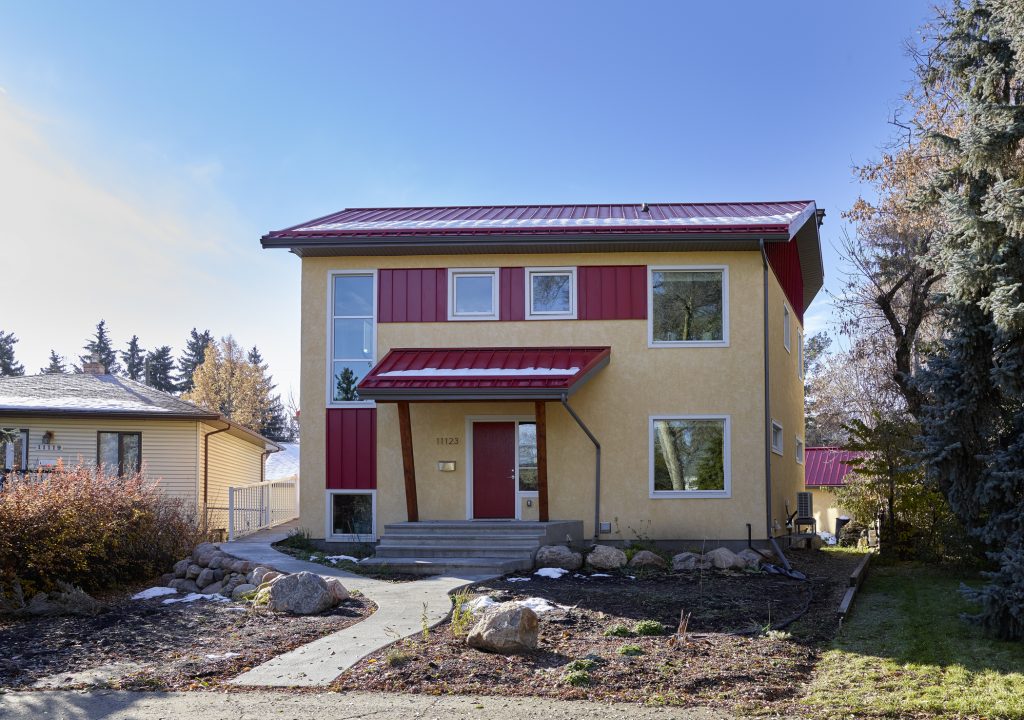


Parkland Net Zero Project, the first certified LEED Platinum home in Northern Alberta
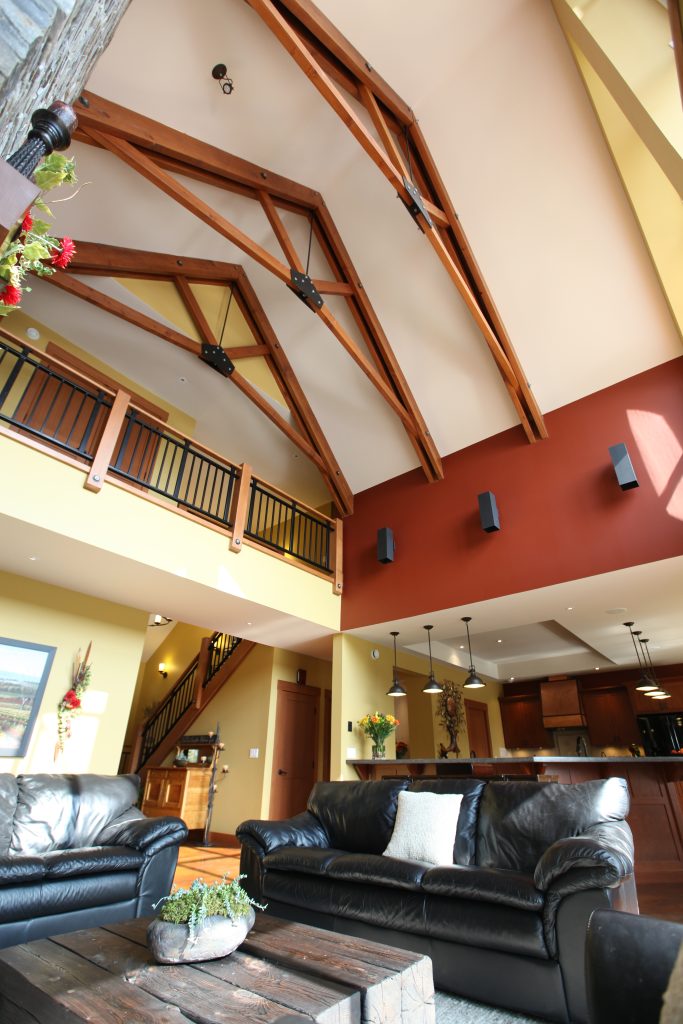
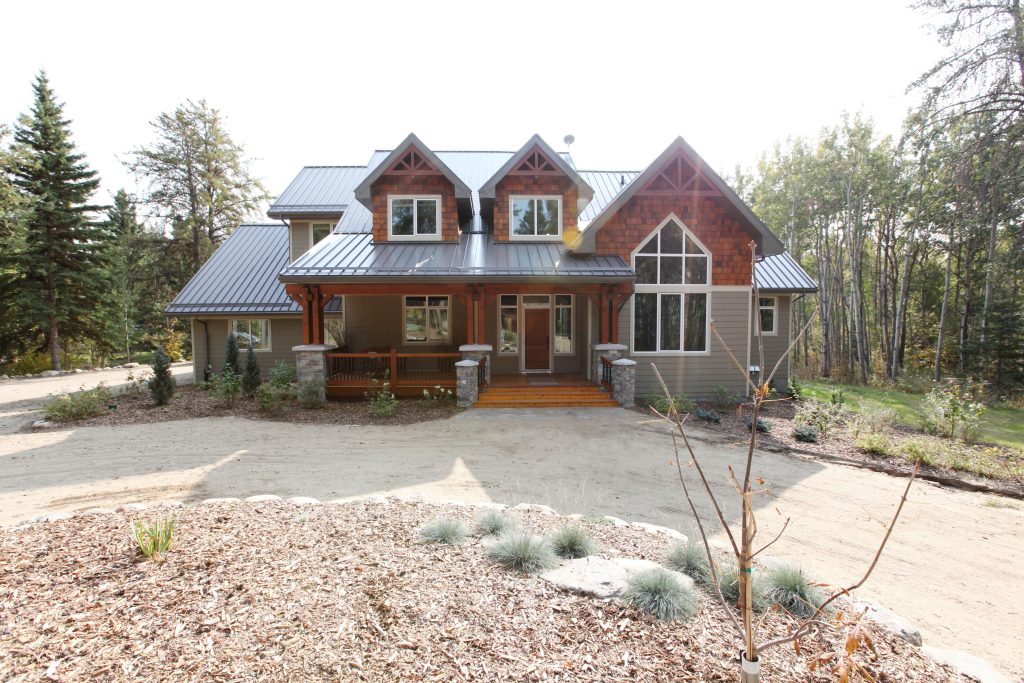

First Net Zero Church in Canada in conjunction with a Net Zero townhouse project



Our Most Recent Net Zero Homes: The Apollo
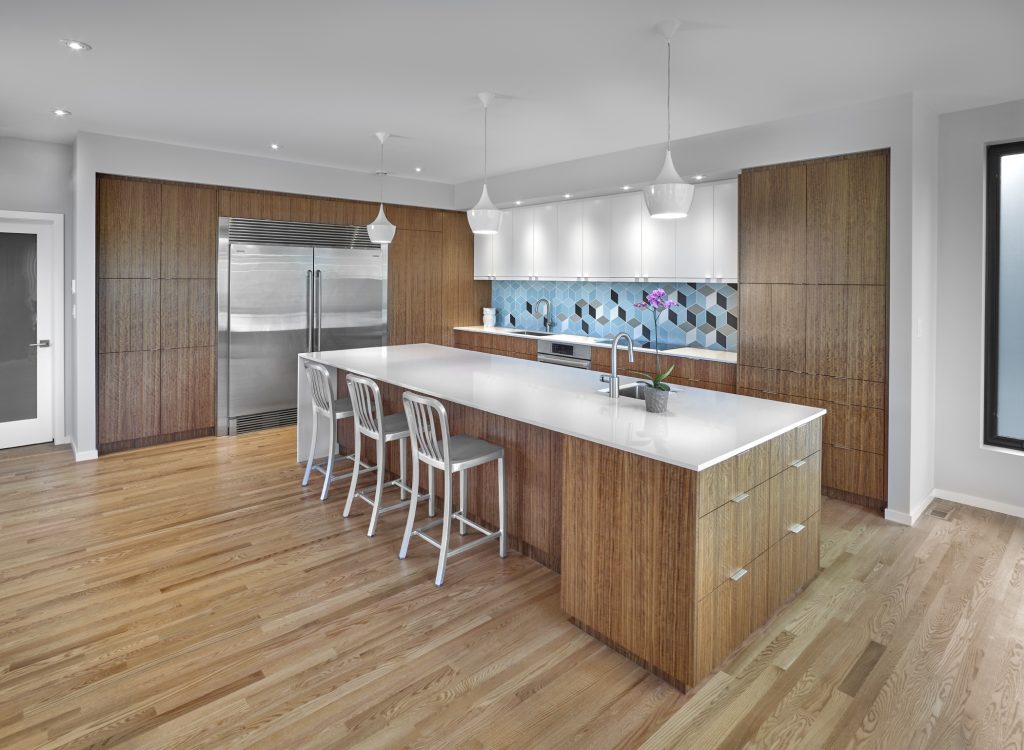

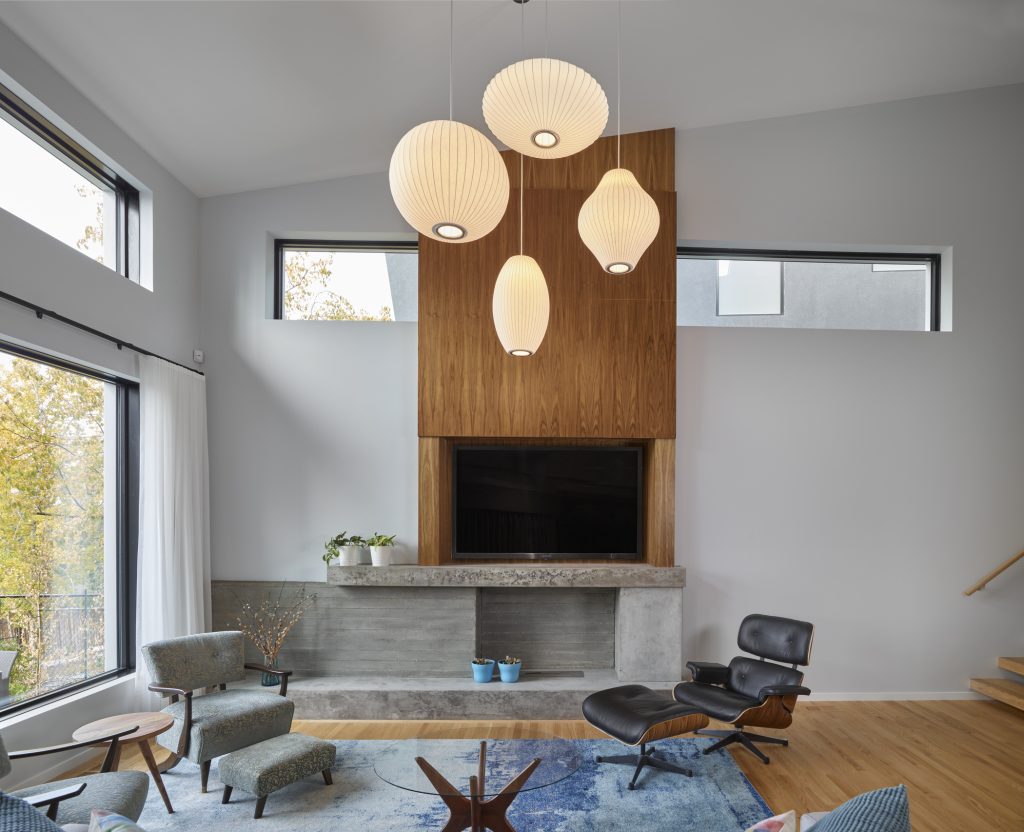
Our Most Recent Net Zero Homes: The Geo
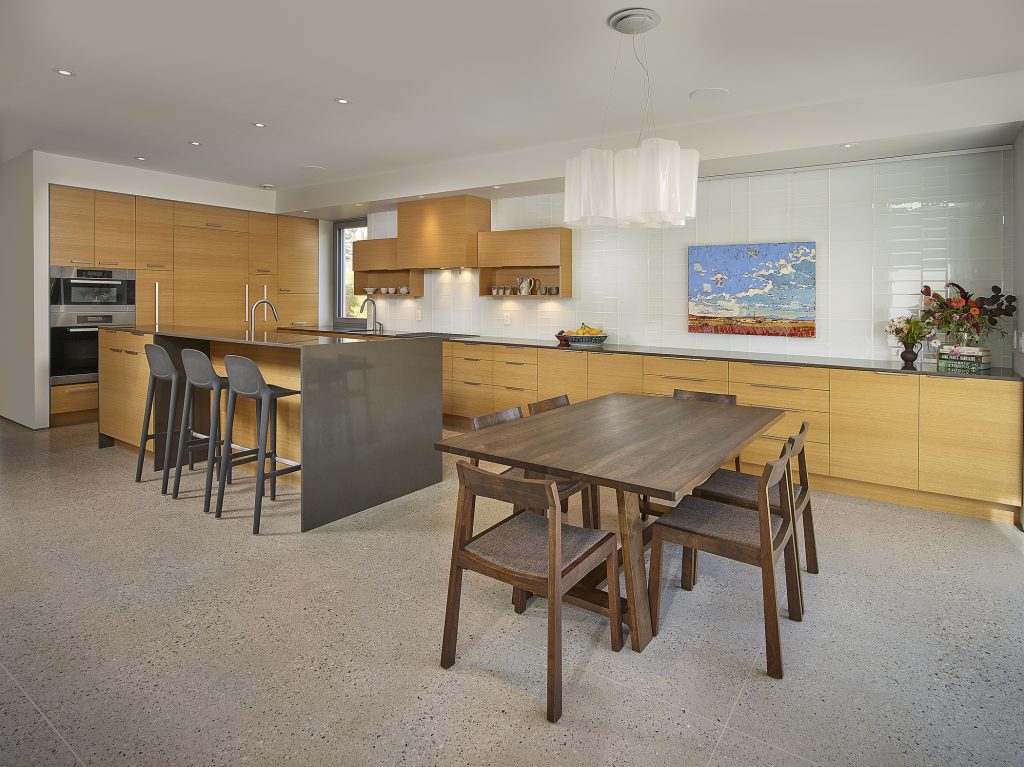
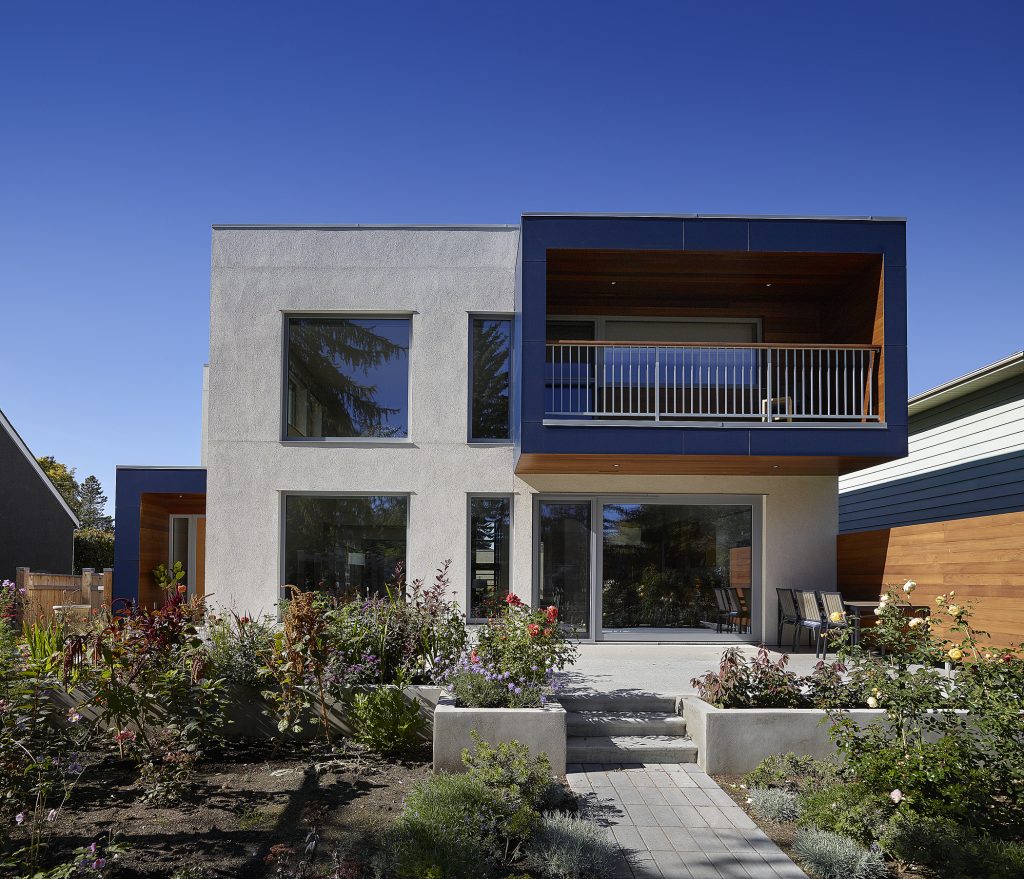

If you or someone you know are interested in building a Net Zero Home with Habitat Studio, contact us today to learn more.
